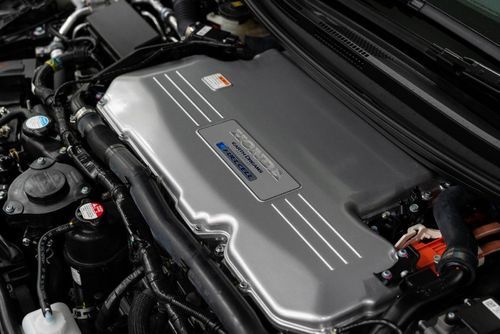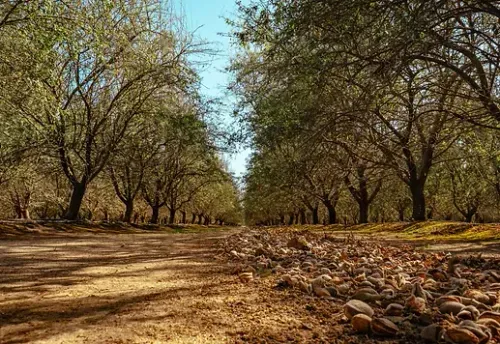An official from waste-to-hydrogen firm Raven SR has a counter for the hydrogen offtake naysayers out there.
“We haven’t had a problem finding offtakers,” JuliAnne Thomas, director of external affairs at the company, said yesterday.
“We’ve got people coming to us on a regular basis looking for hydrogen, whether it be a city bus transport, somebody like Hyzon, the Chevrons, the Shells of the world,” she said in remarks at the Reuters Energy Transition conference in Houston. “People are looking for this molecule.”
The firm has three projects in California, one of which, the Richmond project, is nearly permitted. It was undergoing a Series C capital raise last year with advisory support from BofA Securities and Barclays. In February it took a strategic investment from Stellar J Corporation.
Raven SR is looking for partners with skin in the game, Thomas said. “We want the offtaker, we want the waste company that wants to come in on a partnership,” she added. “We’re helping the landfills use up the methane that would otherwise be flared.”
‘Complicated puzzle’
On the same panel, David Galey of Orsted outlined some of the Danish multinational’s Power to X plans on the Gulf Coast.
The company is developing Project Star, which will use onshore wind and solar PV to produce 300,000 tonnes of e-methanol annually under a partnership with Maersk. It is also looking at ammonia on the Gulf Coast, for a different offtaker in the chemical feedplant business, Galey said.
“Methanol production is a very complex, integrated process where you’re not just relying on renewable electricity to create hydrogen, you also have the biogenic CO2 side of things,” he said.
“So the partnerships that you need in order to support methanol production […] each have their own challenges,” he said, noting considerations for large sources of biogenic CO2, cheap renewable power, and proximity to offtakers.
“It’s a complicated puzzle of how you try to find the best balance between those different constraints that you have,” he said.






